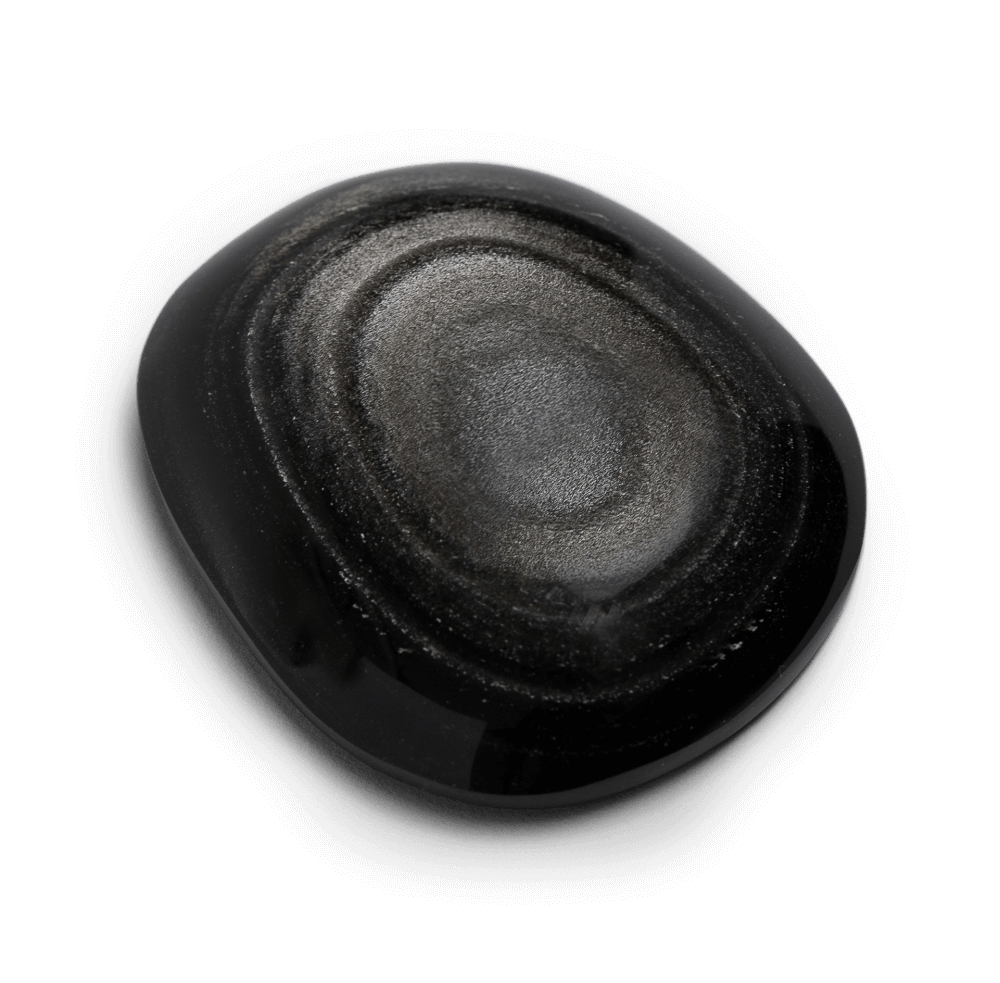

Furthermore, its composition is too variable to be classified as a mineral.īecause Obsidian is quite a fragile stone, it can be easily chipped or broken on impact. While Obsidian is mineral-like, it is not a true mineral - because it is a glass, it is not crystalline. Obsidian is formed when lava cools quickly - this can happen when lava has sudden contact with water or air, or when it cools along the edges of a dike, the edges of a felsic (igneous rocks that are relatively rich in elements that form feldspar and quartz) lava flow or volcanic dome. As these obsidian artefacts travelled great distances, archaeologists can trace their origins because each volcano (and in some cases, a volcanic eruption) produces a distinguishable type of obsidian. In fact, Obsidian found in Greece was said to come from the different islands in the Aegean Sea. Throughout North America, Native American people traded obsidian. As such, no Obsidian is older than Cretaceous age. Also, Obsidian breaks down faster in the presence of water - while the stone itself has little moisture, it takes in more if it sits in groundwater. Over time, the obsidian glass becomes fine-grained crystals because it is metastable (changing very slowly). However, the obsidian stone does not last forever. Obsidian was prized in Stone Age cultures because, like flint, it could be chipped to produce useful objects such as hand axes, sharp blades or arrowheads. This was documented in the translation into English of Natural History by Pliny the Elder of Rome, who described a volcanic glass called obsidian ( lapis obsidianus), discovered in Ethiopia. The Obsidian crystal meaning came from the Latin obsidianus, which was in turn derived from Obsius, a Roman explorer and the discoverer of a similar stone. Astrologically, the Obsidian stone is associated with the zodiac signs of Scorpio and Sagittarius. Obsidian is an alternate birthstone for December. Obsidian Benefits: Truth, Clairvoyance, Protection, Reflection, Self Healing, Shadow Work, Integration When black obsidian mixes with a white variety, it produces the beautiful snowflake obsidian.

It’s also possible that two colours swirl together, and the most common of these combinations are black and brown - forming the popular mahogany obsidian. When the obsidian stone contains other elements, it may seem blue, orange, yellow, or red. While obsidian is usually black, it can also appear in a different colour, such as brown, green, or beige. Records suggest that obsidian artefacts first appeared in the Middle Stone Age, thus playing an important role in the transmission of Neolithic knowledge and experiences. The obsidian’s black and glassy appearance is formed when lava extrudes from a volcano and cools down quickly. With an aura of absolute mystery, black obsidian can be very powerful - it draws you in softly, but very deeply, making it a good stone for soft-hearted and gentle people of the world. As such, you can use obsidian to block negativity of any kind. Because black is the absence of light, it is concluded that it can be used to create invisibility.


Obsidian, particularly the black obsidian, is known as the Stone of Truth - it is believed to reveal secrets, not just about the inner psyche of a person, but also the workings of the universe as a whole.Īs a black gemstone, it has protective energies that help guard the very sensitive against depression.


 0 kommentar(er)
0 kommentar(er)
